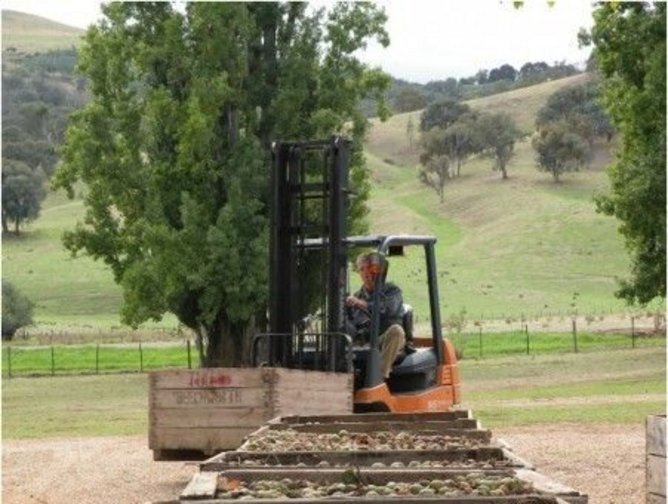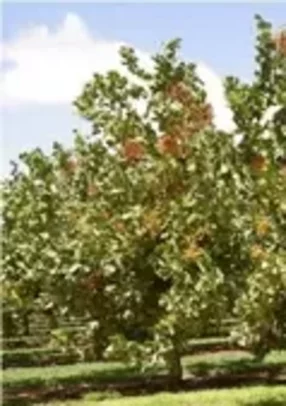Australia, the biggest island in the world (and the smallest continent), is a dynamic first world economy, well-known for its agricultural and mineral wealth; it is also an increasingly important producer of tree nuts for the global marketplace. Macadamias, almonds, walnuts, chestnuts, pecans, pistachios and hazelnuts are all grown here.
Tree nut production on a truly commercial scale in Australia dates back only to the 1980s, but since that time the industry has invested heavily in expanding output volume whilst maintaining a keen focus on quality. Today, buyers from Asia, Europe, the USA and elsewhere recognise Australia as the source of premium quality nuts, especially in the northern hemisphere off-season.
The Australian Tree Nut Industry
This vast continent is characterised by a wide array of soil and climatic types (ranging from tropical through to cool temperate) such that almost any nut species can and does succeed in some part of Terra Australis.
A modern and cutting edge industry does not appear overnight nor without considerable effort, and the Australian tree nut industry has relentlessly pursued world’s best practices and technologies as well as importing or cultivating varieties suitable to local conditions. Today, Australia is home to an enviable pool of knowledge as well as a culture of innovation upon which to develop a future-facing industry whose exceptional product is already much in demand around the globe.
Tree nut production in Australia is dominated in scale by almonds and macadamias, with the former representing more than 50% of the total area planted and the tonnage produced. The macadamia, Australia’s iconic native species, accounts for approximately 34% of area planted and 30% of tonnage produced.
Buoyant markets and sound business models continue to drive investment in new plantings such that the Australian crop is forecast to increase by as much as 44% by 2025, substantially on the basis of trees already in the ground.
The hazelnut industry is an example of a historically small sector which is poised to leap into the commercial mainstream with 5,000% growth predicted over the next decade. Walnuts - already on a growth trajectory - and pistachios will more than double in output, whilst chestnuts and almonds are expecting increases of more than 30%. Overall, the farm-gate value of Australian tree nuts is forecast to increase by 82% by 2025.
The tree nut industry employs around 5,000 people throughout regional Australia with more than 15 million nut trees planted around the country.
Tree nuts are already Australia’s largest horticultural export sector, with current foreign earnings of more than AU$650M per annum. Thanks to a powerful and persistent worldwide dietary trend and a strong set of local production values that emphasise food safety and eating quality, as well as excellent social and environmental stewardship credentials, the Australian tree nut industry is likely to surpass AU$1B in export sales before 2025.
Australia’s agricultural industries are among the most sophisticated, highly mechanised and environmentally aware in the world. If there is one thing its farmers know how to do, it’s how to grow high quality produce for export.
Australian farmers have a reputation for being among the most efficient and advanced in the world. Because of our relatively small population, we have always looked to overseas markets to sell much of our agricultural production.
As a result, Australian farmers are well aware of the needs of export markets and the importance of supplying reliable lines of high quality product. This is what has driven nut production in Australia and our highly skilled growers have concentrated on refining their ability to supply premium product to buyers around the world.
Australia is serious about growing quality nuts and increasing production into the future. A driver of this is its ability to provide supply in the northern hemisphere off-season. The benefit for the international nut trade and consumers is that they now have access to a ready supply of the freshest nuts all year round.
As a result, important markets can be developed or expanded without fear of a lack of supply. This is how the pre-Christmas period has developed to become a lucrative market for Australian fresh pecans in China. It’s also why consumers in major markets around the world can now buy fresh walnuts, almonds, pecans and hazelnuts all year round.
For further information, visit the Australian Nut Industry Council website www.nutindustry.org.au


